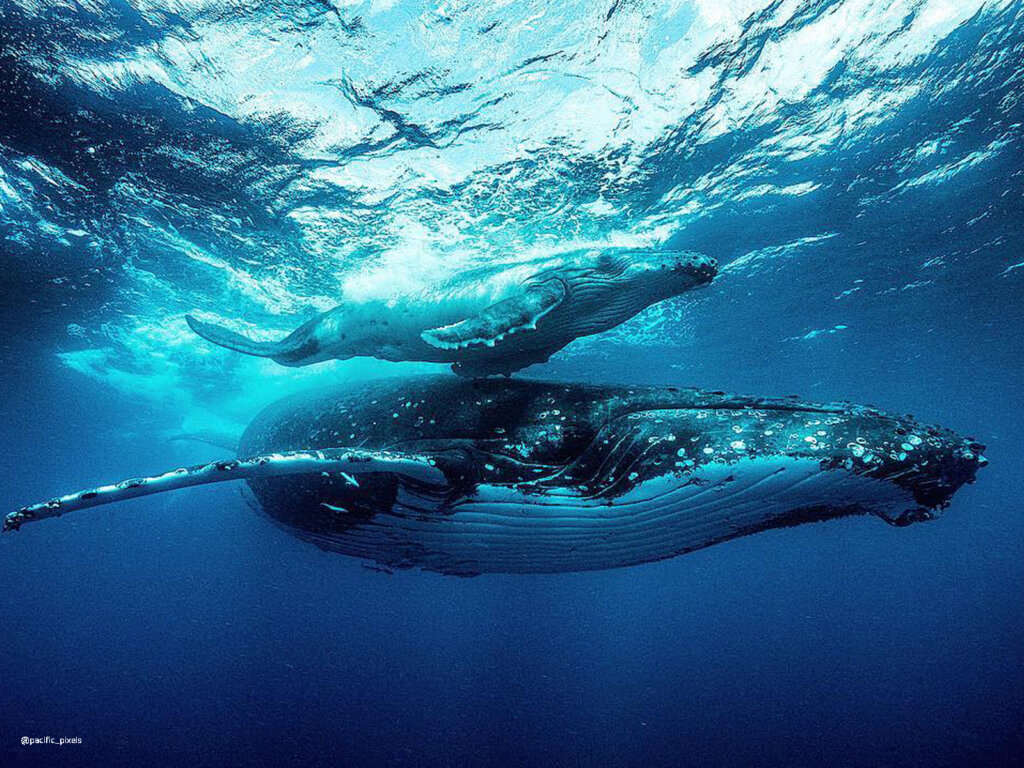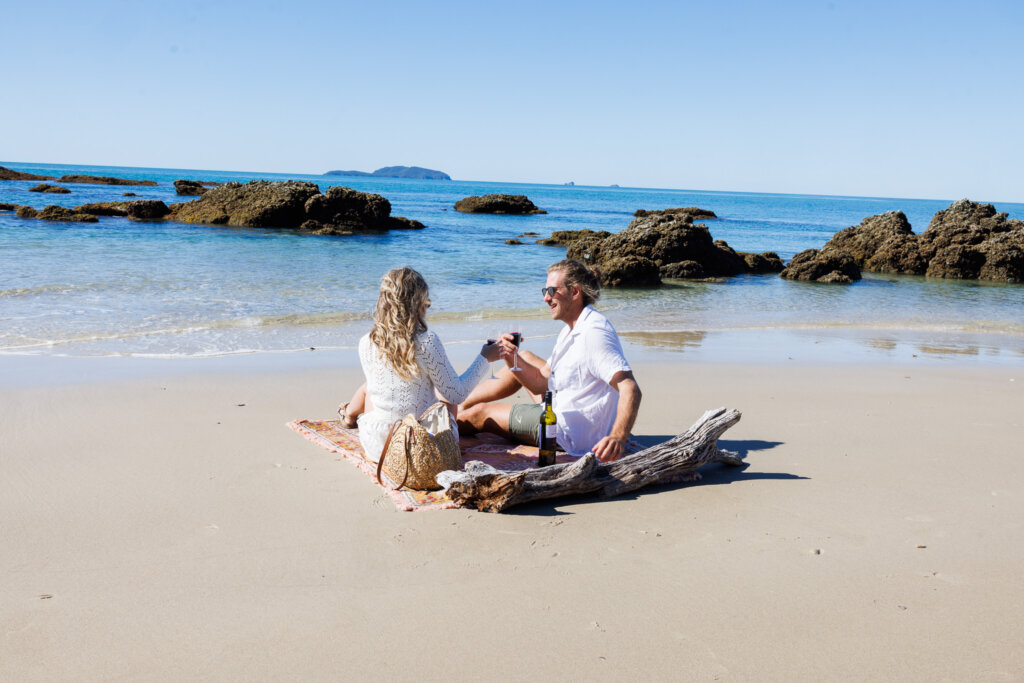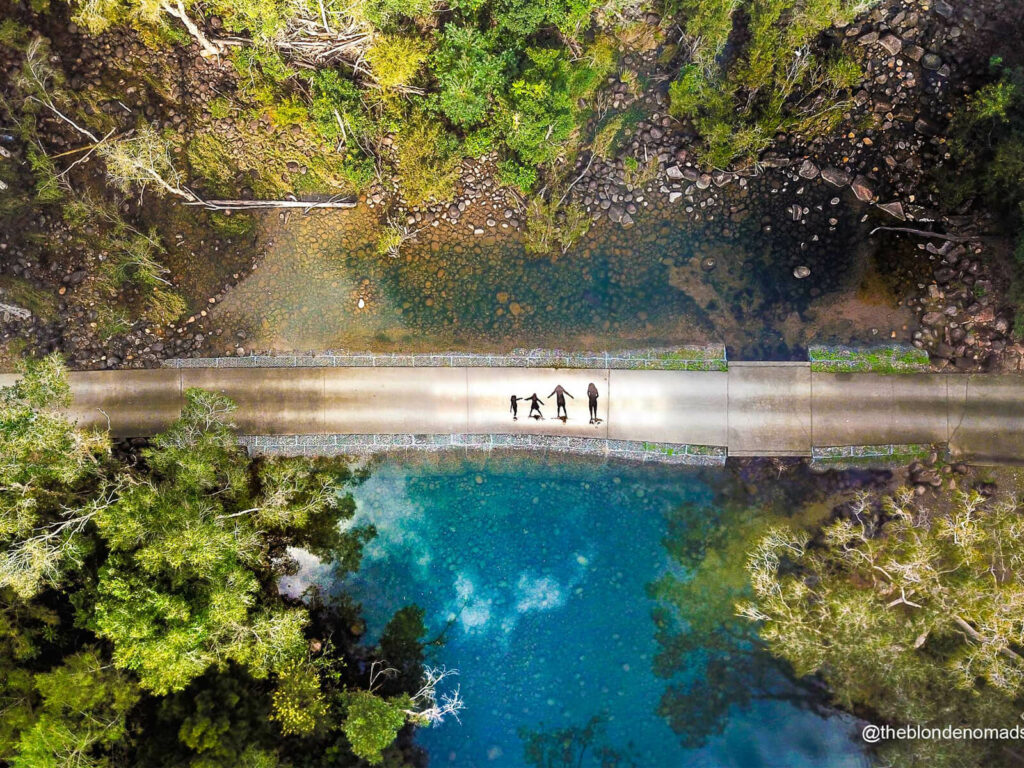Relaxing on the sand overlooking the pristine waters from Great Keppel Island is a truly magical sight. However, if you can swim and breathe, it’s time to discover firsthand our most unforgettable views…under the glassy surface.
Snorkelling is one of the easiest ways to enjoy the wonders of the Great Barrier Reef so grab yourself a face mask and snorkel and become one with nature as you experience one of the most tranquil and scenic activities on offer when you #visitcapricorn.
When it comes to exploring the depths of the Southern Great Barrier Reef, there are some things you should consider. Check out Sam’s tips below…
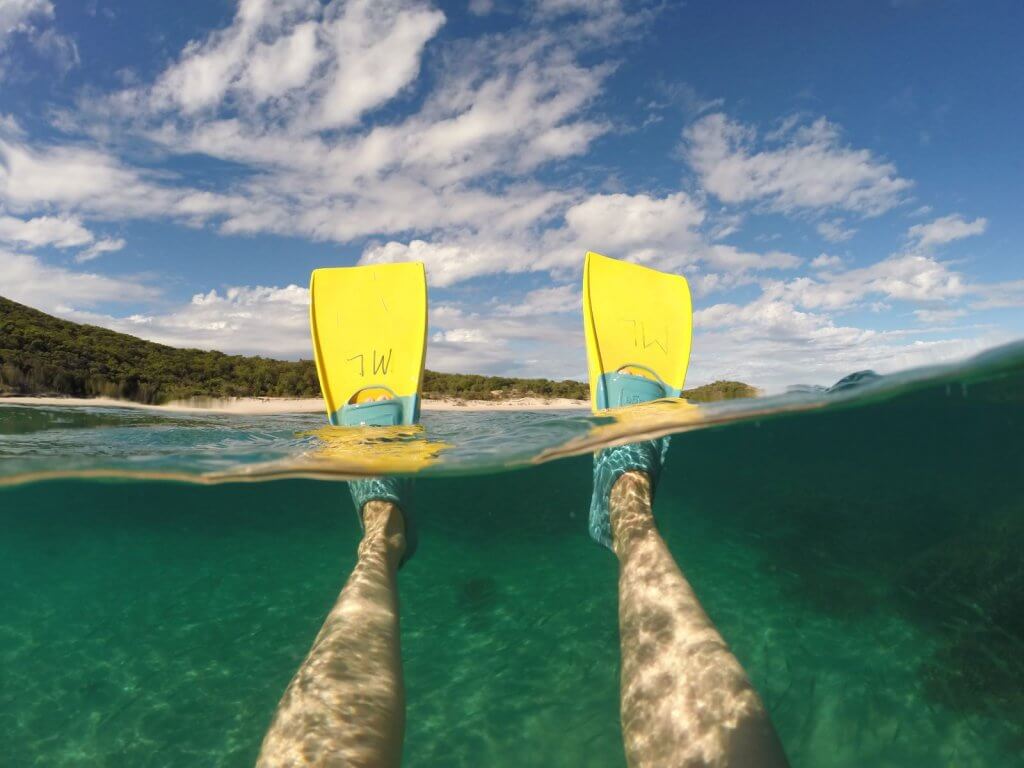
Nearly everyone can participate in snorkelling, especially if you follow a few basic safety guidelines that will not only make your time exploring our underwater wonderland safer, but also far more enjoyable and stress free.
Snorkelling involves the use of a mask, fins and a snorkel to explore the underwater environment. Most snorkellers swim at the surface although some will explore below the surface while holding their breath for short periods of time.
As with any underwater activity, the first step is to assess the risks present. These could be related to environmental conditions or personal health and snorkelling skills.
Individuals whom may be at a higher risk when snorkelling can include those suffering from poor health, such as persons with medical conditions generally relating to cardiac and respiratory issues. Other factors include those that are very young/very old, smokers, overweight individuals and those with limited swimming capability.
If you are someone who falls in the above categories, it certainly doesn’t mean you cannot snorkel, however maybe you should consider using aids such as a floatation device or participate in a guided tour. These can often enhance your experience regardless as you can spend more time exploring the vibrant reefs and receive valuable interpretation about what you are seeing through your guide!
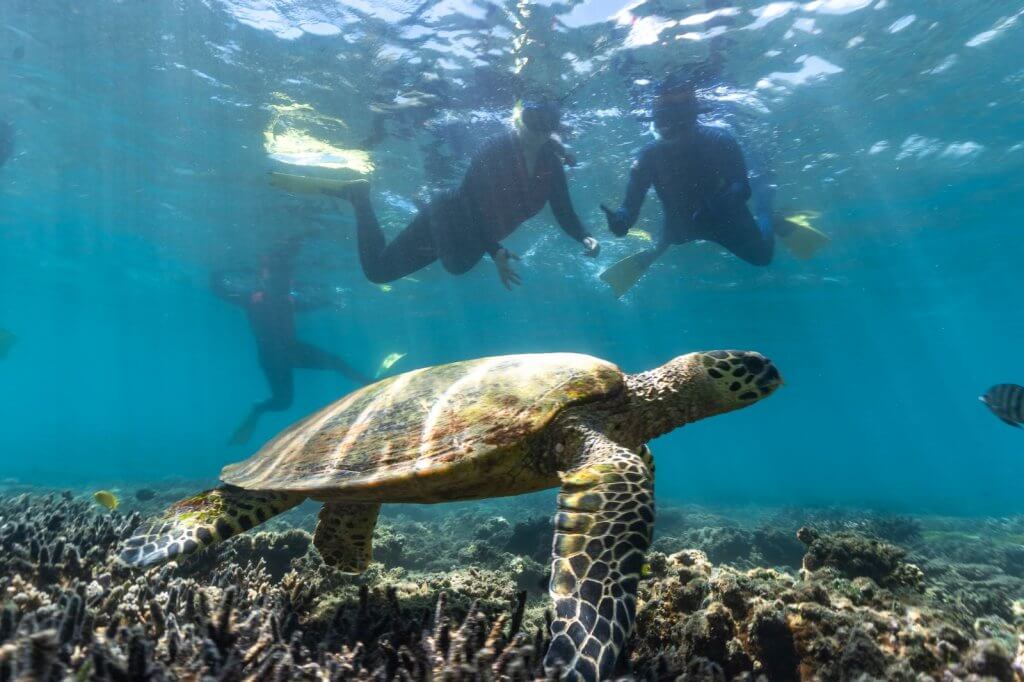
Environmental conditions to consider include the sea state, wind and wave height, visibility both in and out of the water and tides and currents. Make sure you have a safe entry and exit from the water. In many of our locations here on the Southern Great Barrier Reef, we have options for safe and stunning snorkelling in all weather conditions.
Generally, if you look and don’t touch, our marine life is nothing to worry about here on the Great Barrier Reef. There are however, certain times of the year can pose an added risk to certain marine creatures such as Marine Stingers. This risk can luckily be mitigated through the use of exposure suits. Don’t forget if you are at all unsure of hazards in an area, at most locations around the reef you can easily get in contact with professionals who can provide local advice.
Remember, like most activities, snorkelling is far more enjoyable with a buddy! Not only is it far more safe, there is also someone to vouch for that friendly Green Turtle you may see! It is also a good idea to check in with someone before you leave such as an accommodation provider, just so someone does know where you are headed. Remember to swim to your capability, don’t tire yourself on the journey out, as you also need to swim back to the boat or beach!
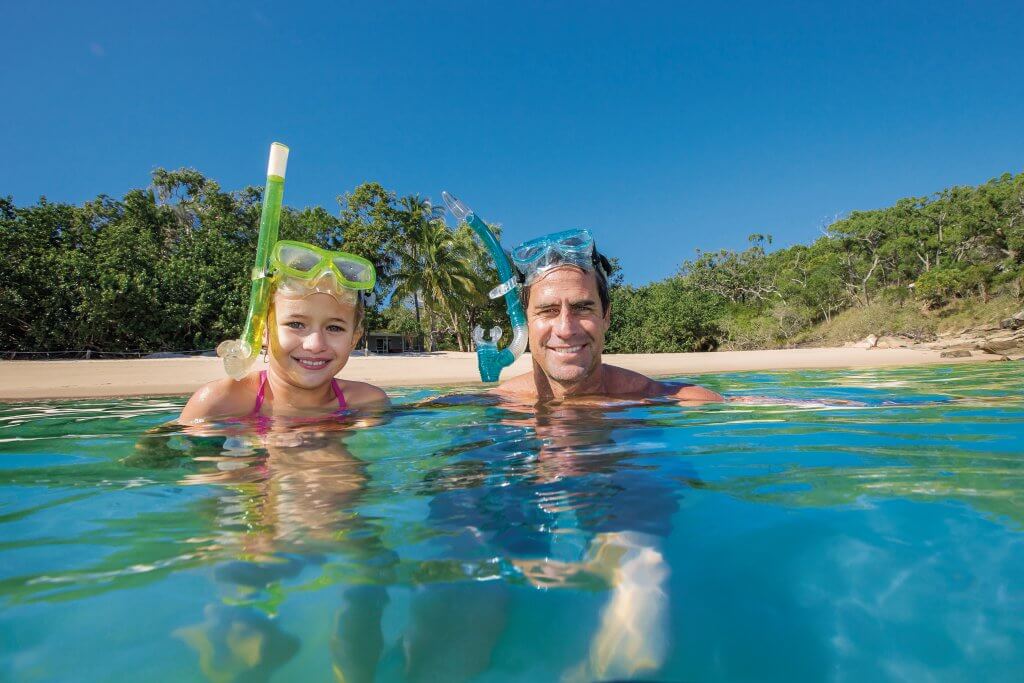
Some hints with equipment
Mask – A lot of people will over tighten the mask. This only needs to be a comfortable tension with the water pressure actually helping to hold the mask to your face. You want the strap to be up around the bump on the top of your head. Any higher and it may start to ride up, lower it will start to fall down. Ensure you have all of the hair out of the masks ‘skirt’ as this may let water slowly leak in. This also applies to facial hair, so guys with beards, you can use some Vaseline to help create a seal. Now, as you snorkel your mask will begin to fog. To help prevent this, you can use spit (that’s right, saliva) in the inside lens of your mask. Rub it firmly on the glass lens, and rinse out. This needs to be done shortly before each snorkel or dive. Another more cleanly option is some diluted baby shampoo, or specialised defog gels.
Snorkel – Snorkels have a mouthpiece with two lugs to rest your teeth on. You then want to seal your snorkel with your lips, like you are trying to kiss the fish. Keep your lips pursed around the mouthpiece to keep a seal. If your snorkel does slowly leak, give a big blow by shouting the word ‘two’. This will force the water out through the dump valves at the bottom or out of the top. Remember while you are snorkelling always look slightly forward rather than straight down. This will keep your snorkel end upright and out of the water rather than down under the surface.
Fins – With your fins you want to point your toes, and give a long, slow freestyle kick. Remember snorkelling is about conserving your energy, moving nice and slowly to not scare away the marine life. Your fins should be a comfortable fit, not too tight or too loose. They may feel unnatural at first, but generally most people tend to eventually love them.
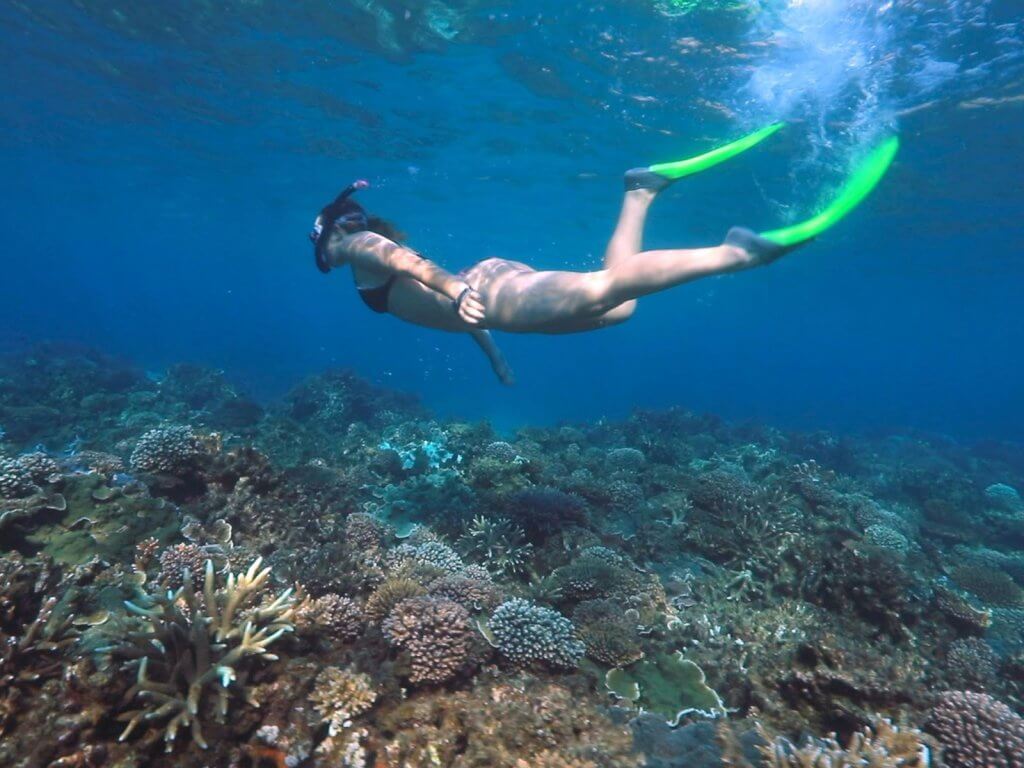
And most importantly, ENJOY YOURSELF!!
Get out there and see how amazing the Great Barrier Reef, the world’s largest coral reef ecosystem and one of the most complex natural systems on Earth really is.
Happy Snorkelling,
Sam Appleton
Get in touch with our local snorkel and dive operators:

